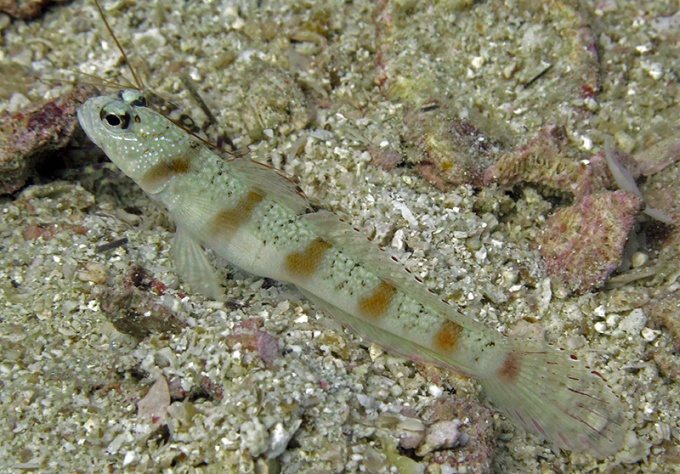Manta Ray
The word ‘Manta’ comes from Spain and means cloak or shawl. 20 years ago we almost did not know anything about the world’s largest Ray. There are two kinds of Mantas and that is Manta Birostris (the giant ocean manta) and Manta Alfred (the resident reef manta). Mantas are close relatives to all kind of sharks and rays but do not be afraid! They only feed on the smallest organisms in the sea, like small fishes, shrimps and plankton. They are also very intelligent, curious and playful. They actually have the largest brain of all the world’s fishes!
A Manta can never stop swimming. If they do the water will stop flowing over their gills which is the way they breathe. So if they do stop, even if it is only for resting they will die. After a lot of research we now know that Mantas can travels long distance in a very short time thanks to their huge wings. They also go very deep down in the ocean, research found one 1372 meter under the surface.
The Manta Birostris is the largest one and can be up to 7 meters from wing-tip to wing-tip and can weigh up to 2000 kilos. Mantas can probably live up to 50 years and possibly for 100 years, we do not know for sure.


 The epaulette shark (Hemiscyllium ocellatum) is a species of long tailed carpet shark, found in the shallow, tropical waters of Australia and New Guinea (and possibly elsewhere).
The epaulette shark (Hemiscyllium ocellatum) is a species of long tailed carpet shark, found in the shallow, tropical waters of Australia and New Guinea (and possibly elsewhere).

